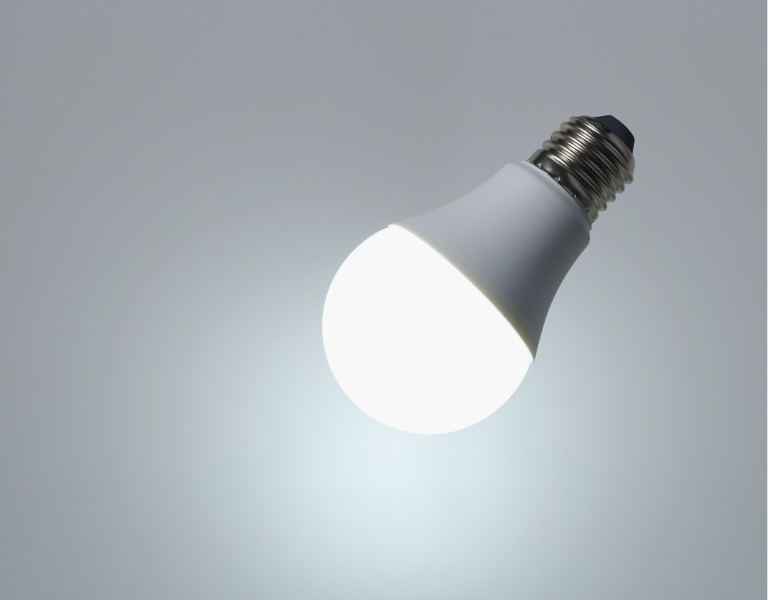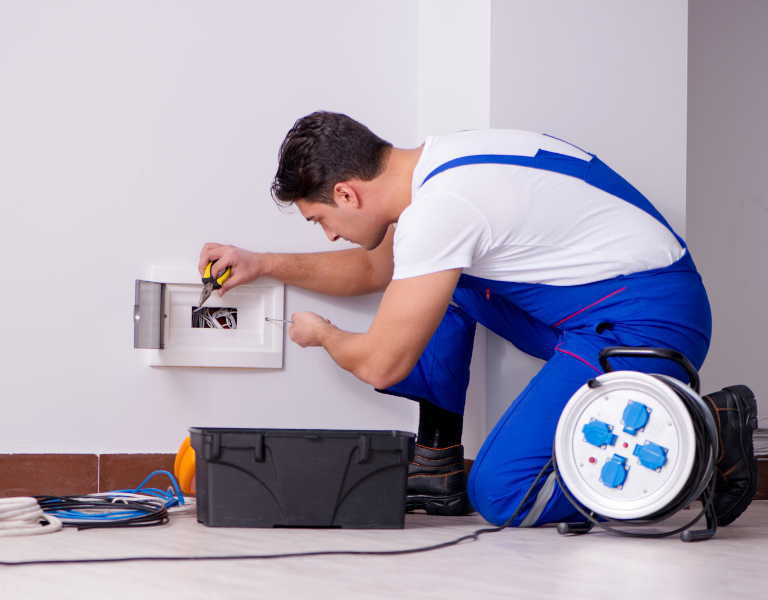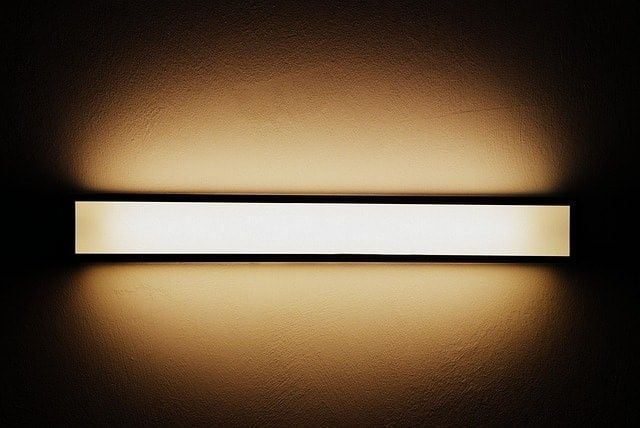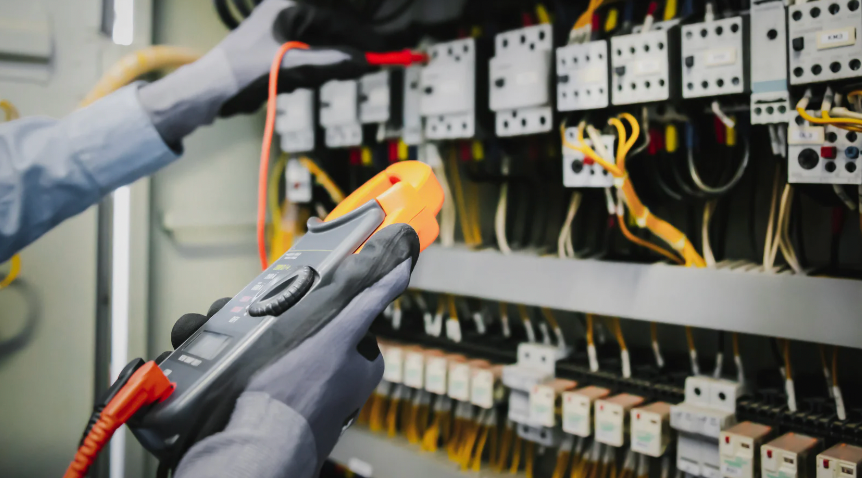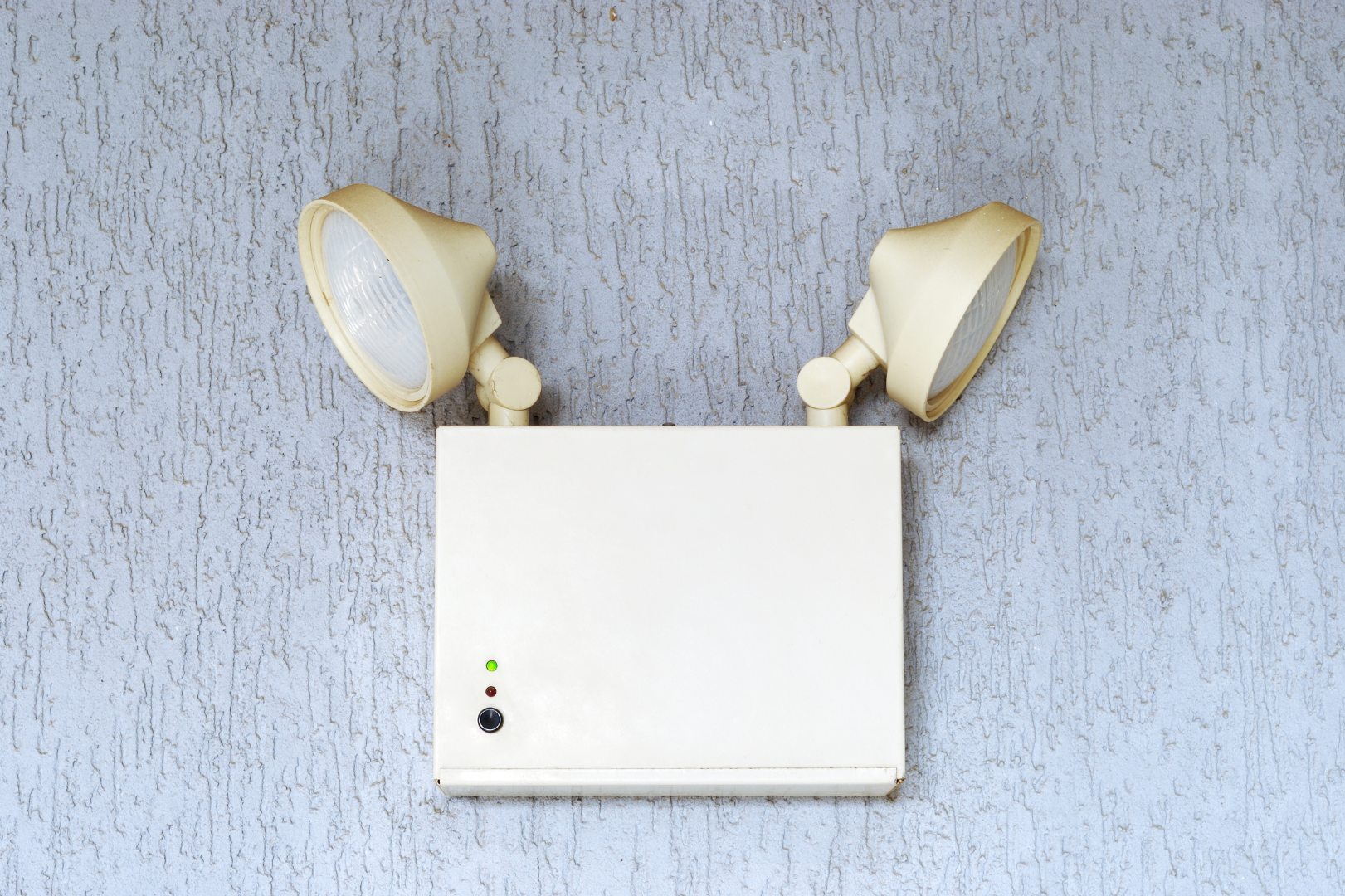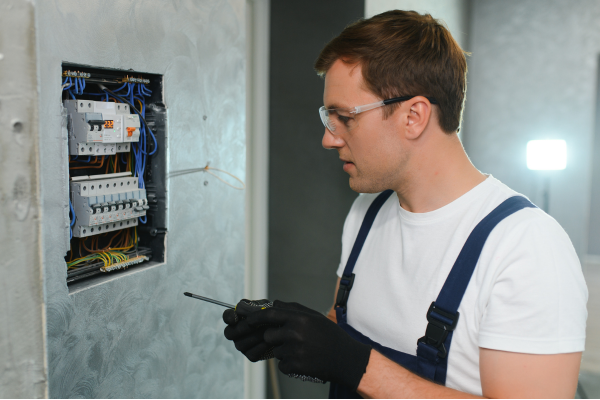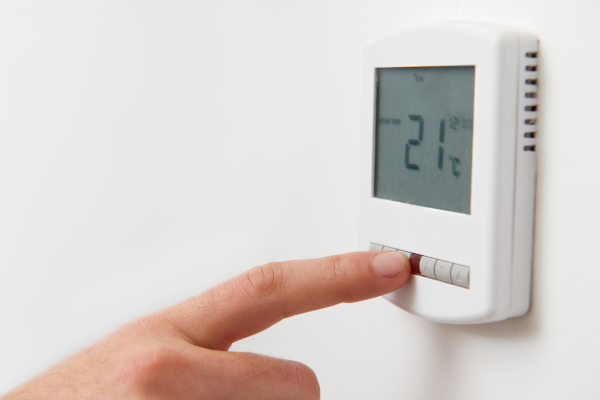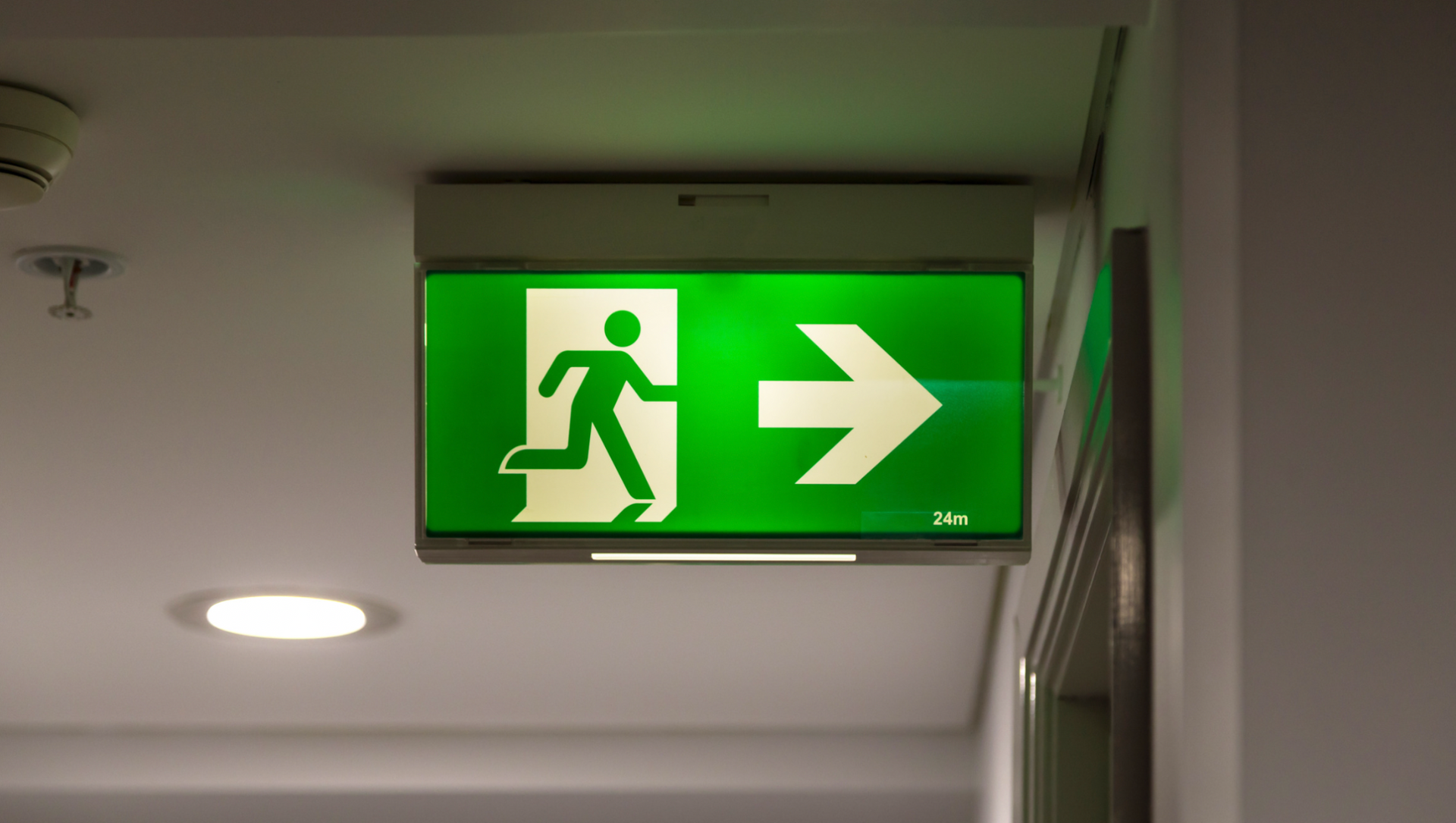The Homeowner's Guide to Electrical Codes: C1, C2, C3, and FI Explained
Electrical safety is a critical part of maintaining your home, rental property, or commercial building. Whether you're a homeowner or landlord, it’s important to know about the electrical codes and regulations that ensure a safer living environment. In this guide, we’ll break down the different electrical codes C1, C2, C3, and FI and explain why understanding them is crucial for maintaining electrical safety.

Understanding Electrical Safety for Homeowners
Electrical systems are complex, and if they are not regularly inspected or maintained, they can pose significant risks. From fire hazards to electric shocks, poor electrical installation can lead to severe consequences if not adequately addressed. Ensuring your electrical system is up to current safety standards helps prevent immediate risks and provides a safer environment for everyone in the home.
What Are Electrical Codes?
In the context of the Electrical Installation Condition Report (EICR) codes, C1, C2, C3, and FI indicate the severity of faults found during an inspection. These codes help the homeowner understand the urgency of repairs or further investigation required on their property.
The Role of Electrical Installation Condition Report (EICR)
An EICR report provides a detailed inspection of your electrical installations, identifying potential hazards or areas needing attention. It’s a legal requirement for rental properties, and it is highly recommended that homeowners ensure that their electrical system meets current safety standards. A valid EICR ensures your property is safe and free from immediate risk.
Code C1: Immediate Danger
A C1 code is issued when there is an immediate threat to safety, meaning action must be taken immediately. Examples include exposed live wires or damaged electrical components that could result in electric shocks or fires. Immediate remedial work is required to remove the danger present, and homeowners must act quickly to avoid serious consequences.
Code C2: Potential Danger
A C2 code refers to faults that don’t pose an immediate danger but could become hazardous if left unaddressed. This could include issues like faulty electrical circuits or outdated wiring that increase the risk of fire over time. Necessary repairs should be made to prevent future hazards and costly repairs.
Code C3: Improvement Recommended
A C3 code suggests areas where improvements can be made to enhance safety, although the issue needs to be more severe to be classified as dangerous. This could be as simple as installing a new consumer unit or addressing minor electrical faults that, while not an immediate threat, could improve the system’s efficiency and reliability.
FI: Further Investigation
The FI code stands for Further Investigation. It is issued when the inspector cannot fully determine the safety of a particular aspect of your electrical installations and needs a more detailed inspection. This could mean that potential risks must be explored more thoroughly, especially in areas where outdated wiring or electrical components are challenging to access.
Maintaining Electrical Safety in Rental Properties
Ensuring electrical safety is not just a responsibility but a legal obligation for landlords. Regular EICR inspections are mandatory to protect tenants from electrical hazards and ensure the property complies with current regulations. Addressing faults promptly after an initial inspection is critical for keeping tenants safe.
Periodic Inspections for Commercial Property Owners
Commercial property owners also must ensure their electrical systems are up to code. Regular inspections help detect potential hazards like faulty socket outlets, exposed live wires, and fire hazards. Following safety regulations and making necessary repairs can prevent serious issues and ensure a safer work environment.
Common Electrical Faults Identified in EICR Reports
Some typical faults include outdated fuse boxes, damaged wires, or overloaded circuits. If not addressed promptly, these faults pose a significant risk and can lead to costly repairs. Obtain a satisfactory EICR or Electrical Installation Certificate to prove your property meets electrical safety standards.
Remedial Work: What to Do If You Fail an EICR
Failing an EICR inspection isn’t the end of the world, but it does mean you need to act fast. Contacting a qualified electrician to perform urgent remedial work is vital to getting your EICR report to a satisfactory standard and ensuring your property meets legal safety standards.
How to Ensure a Satisfactory EICR Report
To ensure your EICR is satisfactory, conducting a periodic inspection before the formal check is a good idea. This way, any minor issues can be fixed ahead of time, preventing more severe problems from developing.
The Role of Qualified Electricians
Hiring a qualified electrician is essential for maintaining your home’s safety. They can ensure your electrical installation meets current electrical safety standards, identify potential risks, and provide valuable context on any repairs or follow-up inspections that may be needed.
Conclusion
Understanding electrical codes such as C1, C2, C3, and FI is crucial for maintaining a safe home or commercial property. Regular inspections and timely repairs can prevent immediate risks and future hazards, ensuring a safer living environment for you and your loved ones.
FAQs:
What does a C1 code in an EICR mean?
A C1 code indicates an immediate danger in your electrical system, requiring urgent action to avoid serious harm.
What happens if my property receives a C2 code?
A C2 code signals a potential danger that, while not immediately hazardous, needs to be addressed to prevent future risks.
What is the significance of a C3 code?
A C3 code suggests improvements that could enhance safety, although they are not mandatory.
Why is the FI code issued in an EICR?
FI stands for Further Investigation, which means additional inspection is needed to assess the safety of specific electrical components.
How often should I have an EICR done?
It is recommended that an EICR inspection be performed every five years for rental properties and periodically for residential homes.

